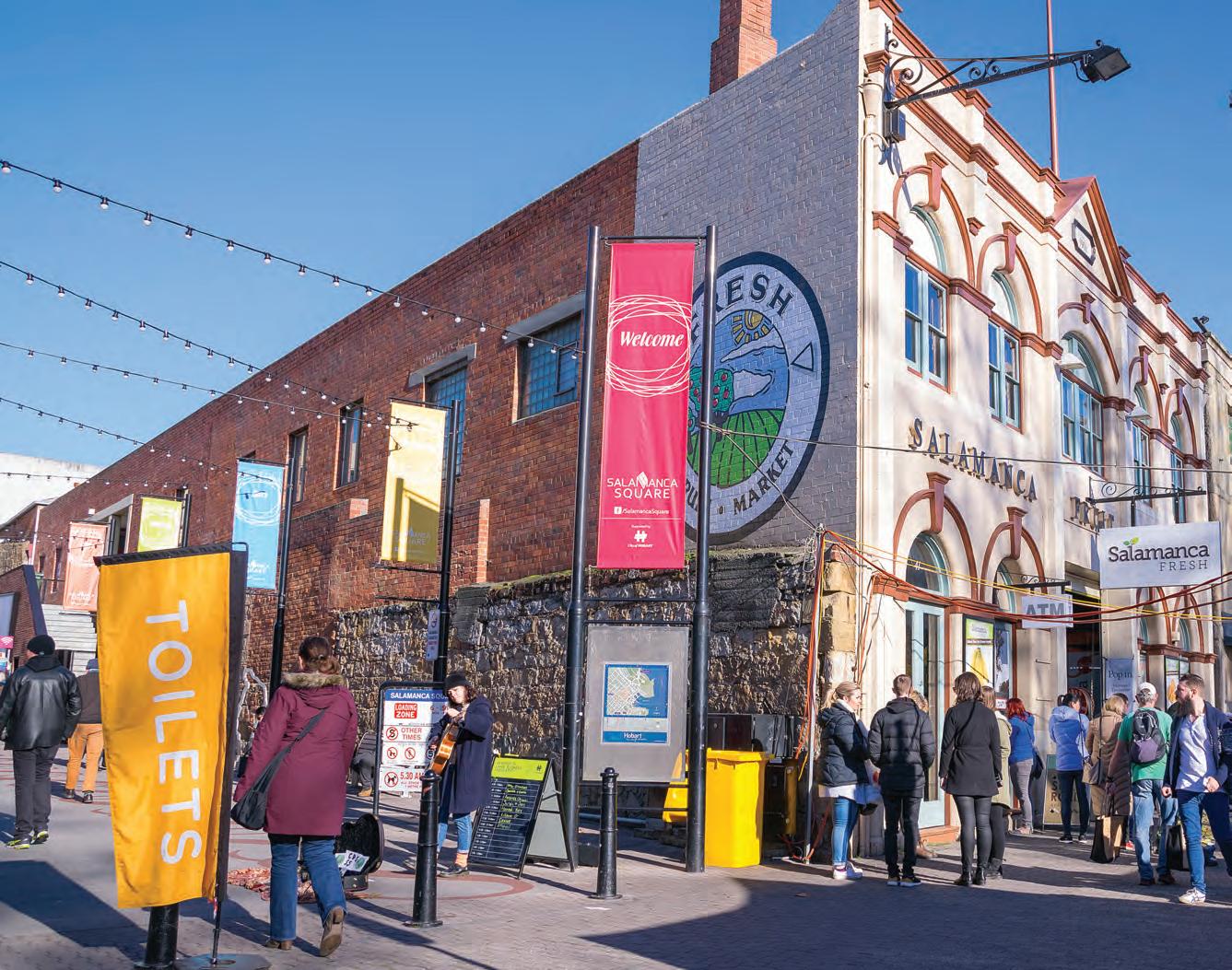
3 minute read
What Temperature Should Your Wine Be?
Neil Hadley, Master of Wine
Taylors Optimum Drinking Temperature Sensors
Advertisement

WHAT TEMPERATURE SHOULD YOU BE SERVING YOUR WINE?
When there are around 7.5 billion people in this world and only 354 who hold a Masters of Wine (MW) qualification, you feel pretty special when one crosses your path. To hold one of the most respected titles in the world of wine is no easy feat. Through years of passion, dedication, studying, and enjoying a fair amount of wine, Neil Hadley is one of the few who hold a MW. We caught up with Neil, based at Taylors Wines, who gave us some friendly advice on how to control and determine the temperature of both white and red wine.
There are broad areas from which you can approach wine temperature. Quite simply, you don’t want to drink your white wine too cold, or your red wine too warm. This is because wines are liquids full of volatile compounds. What that means is when they get cold, they become less likely to vaporize, and as they get warm, they become more likely to vaporize. The challenge in getting the temperature right then is pitching it such that enough of the vaporizing flavours go on to make the drink more pleasurable.
Fundamentally, we’re all well-equipped to pitch wine and subsequently determine if it’s the right temperature. All you need is a little common sense and guidance. In Australia, chances are the wine is going to be too warm when served at room temperature. So a little bit of cooling, even for reds, will benefit them. A trick with red wines is to put the bottle on the side of your neck or cheek, which is much more sensitive to
The swatch will change colour and will register a certain shade when the wine is at the right temperature for drinking

Taylors Estate Chardonnay, best served between 10-12°C
temperature than your hands, and if the bottle feels cool, than it means it’s cooler than the temperature of the room. If it feels the same temperature as the room however, then it’s probably too warm. This means the alcohols are going to be lifting a lot of flavour in a great big splurge, giving off different messages to your taste buds and spoiling the drink. In an ideal situation, before opening the bottle, you’d take the wine and put it into an ice bucket or in the fridge and let it stand for 20 to 30 minutes to cool down by a few degrees. This will tighten up the flavour, making it more enjoyable.
When it comes to white wine, you want to avoid over chilling varieties that are structurally dependent on bitters and oak. In following this philosophy, I recommend chardonnays to be chilled to no less than 10-12 degrees. And if you’re intending to pour chardonnay at some point during the meal, pull it out of the cooler 20-30 minutes before you drink it so that it doesn’t have that brutal firmness. This will allow those richer, silkier, softer flavours from the fruit to come back into the balance. If you are a little pressed for time however, you can always drop a few ice cubes in the glass to cool the wine down. This works particularly well for Clare Valley rieslings, and although I often hear people fretting about how this will change the wine, I have never had a disastrous result. If after reading all this you are still worried about wine temperature, then fear not, the labeling industry has your best interest in mind. What we’ve done at Taylors for example, is use thermochromatic inks to create a swatch on the back of the bottle that changes colour and will register a certain shade when the wine is at exactly the right temperature for drinking. On the bottom of the bottle there’s a spectrum of colours that indicate “too warm” through to “too cold”, with the ideal colour being in the center. Having worked in the industry for 25 years, I’ve found consistently that what people want is useful information. And this is a great example of providing something fun, engaging and marketable, which was founded on useful information.










